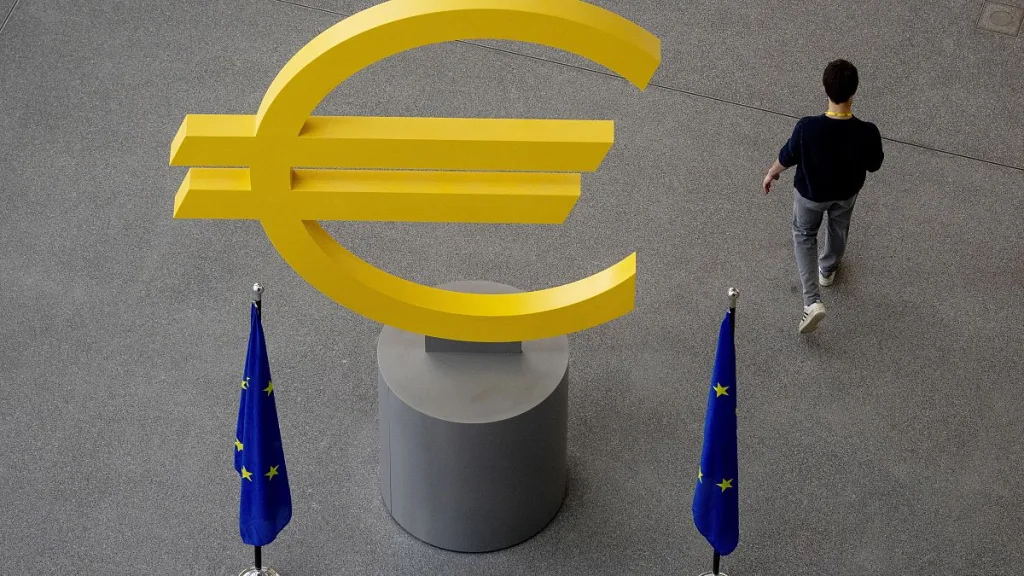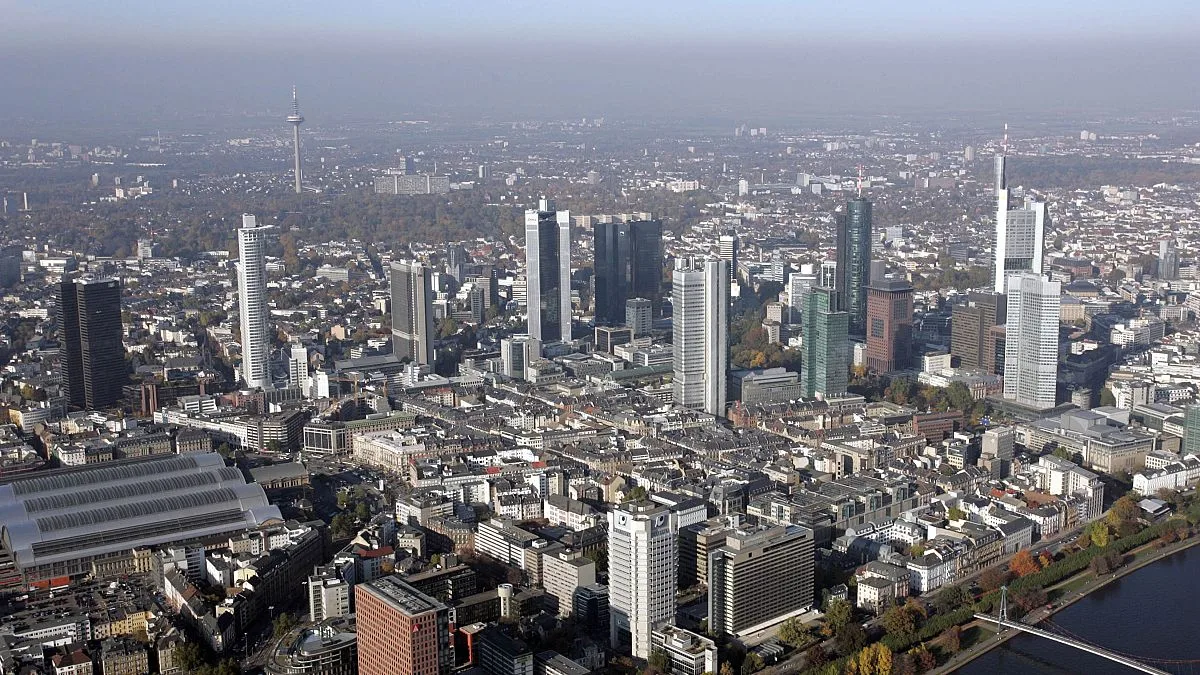The anticipated 25 basis point interest rate cut arrives amid stabilizing inflation and sluggish growth, as predicted by analysts.
On Thursday afternoon, during its October meeting, the European Central Bank (ECB) announced a reduction in interest rates for the third consecutive time since June. New rates are now set at 3.40% for main refinancing operations, 3.65% for the marginal lending facility, and 3.25% for the deposit facility.
The main refinancing operations rate represents the cost for banks when they borrow from the ECB for a week, while the marginal lending facility rate applies to overnight borrowing. Conversely, the deposit facility rate is what banks earn when depositing money with the ECB for one night.
“Today, the Governing Council decided to decrease the three key ECB interest rates by 25 basis points. The choice to lower the deposit facility rate—an essential tool for guiding monetary policy—reflects our revised insights on inflation trends, underlying inflation dynamics, and the efficacy of our monetary policy,” stated the ECB.
The statement further noted, “Recent inflation data indicates that the disinflationary process is progressing well, albeit influenced by recent downward surprises in economic activity indicators. Nonetheless, financing conditions remain tight.”
Notably, this month’s meeting took place in Ljubljana, Slovenia, diverging from the usual location in Frankfurt.
Declining Inflation Rates
The move to lower borrowing costs coincides with a drop in eurozone inflation to a revised 1.7% in September, down from 2.2% in August. This marks the first instance in three years that inflation has fallen below the ECB’s 2% target.
This decline has been primarily attributed to decreased energy prices. However, core inflation, which excludes the volatile energy and food prices, has remained stubbornly high at 2.7%, a slight dip from 2.8%. Services inflation is continuing to pose challenges as it stands at a year-on-year rate of 3.9%.
Despite these fluctuations, economists project that the headline inflation rate will hover around 2% for the remainder of 2024, albeit with a slight risk of overshooting the target. “Recent developments bolster our confidence that inflation will return to target soon,” Lagarde conveyed during a European Union parliamentary hearing in Brussels last month, adding that these insights would inform the October monetary policy meeting.
Sluggish Economic Growth
The ECB’s decision to cut rates was also influenced by signs of stagnation in the eurozone economy, with hopes that lower borrowing costs will stimulate increased spending. Economic growth recorded a mere 0.2% in the second quarter of 2024, revised down from an earlier estimate of 0.3%.
This slowdown was attributed to weaker-than-expected private consumption growth and investments, coupled with diminishing inventory levels. Nonetheless, a stronger than anticipated contribution from net trade partially offset these declines.
For the third quarter, growth is again projected at 0.2%, with the ECB revising its annual forecast down to 0.8% from a previous estimate of 0.9%. Similarly, the 2025 growth estimate has been revised down from 1.4% to 1.3%.
In terms of economic indicators, the HCOB Eurozone Composite PMI fell in September, reflecting a contraction in private sector activity as its total dropped below the crucial 50-point mark.
Germany, the largest economy in the eurozone, faces a particularly challenging outlook, with predictions of a 0.2% contraction in 2024 following a 0.3% downturn in 2023.
Last Thursday’s rate cut from the ECB follows the U.S. Federal Reserve’s decision to reduce rates by 50 basis points the previous month, marking its first reduction since early 2020.
Photo credit & article inspired by: Euronews



